Contents
Guide
EMBEDDED
TED GLENN
EMBEDDED
Two Journalists, a Burlesque Star, andthe Expedition to Oust Louis Riel

Copyright Ted Glenn, 2020
All rights reserved. No part of this publication may be reproduced, stored in a retrieval system, or transmitted in any form or by any means, electronic, mechanical, photocopying, recording, or otherwise (except for brief passages for purpose of review) without the prior permission of Dundurn Press. Permission to photocopy should be requested from Access Copyright.
Publisher: Scott Fraser | Editor: Michael Carroll
Cover designer: Laura Boyle
Cover image: (top) The Hudsons Bay Company post at Sault Ste. Marie, showing the campsite of Colonel Wolseleys expedition. Archives of Ontario, 273 Series Donald B. Smith fonds. (bottom, left to right) Kate Ranoe. Photograph by William Notman, McCord Museum, Montreal, I-36185.1. Robert Cunningham. Archives of Ontario, Toronto, 69 Series, Robert Cunningham fonds. Frederick Edward Molyneux St. John. Archives of Manitoba, Personalities, Winnipeg, ca. 1890, N91.
Printer: Marquis Book Printing Inc.
Library and Archives Canada Cataloguing in Publication
Title: Embedded : two journalists, a burlesque star, and the expedition to oust Louis Riel / Ted Glenn.
Names: Glenn, Ted, author.
Description: Includes bibliographical references and index.
Identifiers: Canadiana (print) 20200292722 | Canadiana (ebook) 20200293656 | ISBN 9781459747340 (softcover) | ISBN 9781459747357 (PDF) | ISBN 9781459747364 (EPUB)
Subjects: LCSH: Cunningham, Robert, 1836-1874TravelNorthwest, Canadian. | LCSH: St. John, Molyneux, 1838-1904TravelNorthwest, Canadian. | LCSH: Ranoe, Kate, -1903 TravelNorthwest, Canadian. | CSH: Red River Expedition, 1870. | LCSH: Red River Rebellion, 1869-1870. | LCSH: JournalistsCanadaBiography. | LCSH: EntertainersCanada Biography. | LCGFT: Biographies.
Classification: LCC FC3214 .G54 2020 | DDC 971.05/10922dc23

We acknowledge the support of the Canada Council for the Arts and the Ontario Arts Council for our publishing program. We also acknowledge the financial support of the Government of Ontario, through the Ontario Book Publishing Tax Credit and Ontario Creates, and the Government of Canada.
Care has been taken to trace the ownership of copyright material used in this book. The author and the publisher welcome any information enabling them to rectify any references or credits in subsequent editions.
The publisher is not responsible for websites or their content unless they are owned by the publisher.
VISIT US AT
 dundurn.com
dundurn.com
 @dundurnpress
@dundurnpress
 dundurnpress
dundurnpress
 dundurnpress
dundurnpress
Dundurn
3 Church Street, Suite 500
Toronto, Ontario, Canada
M5E 1M2
To the memory of Kate Ranoe, a true Canadian trailblazer
Whatever may be said of other parts of the route, the Winnipeg was at least a well-known and long travelled highway, presenting remarkable facilities for boats. As a case in point, I may draw attention to the fact that, at the very time the Expeditionary Force was passing, two frail and poorly manned canoes, the one occupied by a very fat newspaper editor, and the other by a gentleman who had his wife with him, passed over all the rapids, portages and whirlpools of the Winnipeg without its occurring to their occupants that they were doing anything extraordinary.
Simon Dawson, Report of the Red River Expedition of 1870
CONTENTS
AUTHORS NOTE
I n the spring and summer of 1870, Robert Cunningham, Molyneux St. John, and Kate Ranoe filed 89 stories for Torontos Daily Telegraph and Globe while embedded with Colonel Garnet Wolseleys military expedition to Red River in what would become the Province of Manitoba. Together, their articles are a first draft, rough and ungainly, of the story of the expedition written from a unique civilian perspective. They also bring a host of long-forgotten characters to life and offer eyewitness insights into the first major crisis faced by a very young Canadian nation.
Embedded: Two Journalists, a Burlesque Star, and the Expedition to Oust Louis Riel is my effort to wrangle their work into hopefully a more coherent narrative. Ive made no effort to check the veracity of the stories or to correlate them with other contemporary accounts. The book, as such, shouldnt be read as a purely historical chronicle of the expedition to the Red River Settlement but rather for the unparalleled take by three civilians who lived day-to-day with one of the most important military expeditions in Canadian history.
Id also like to make a few notes on the text. First, Ive tried to reduce clutter by removing direct references to the primary source material. For those interested, Ive organized the newspaper articles by chapter in the section called Sources. Other references are noted where appropriate. Second, the text includes a number of dialogues, most between Robert Cunningham and people such as Louis Riel, Reverend George Young, and Chief Henry Prince. These are excerpted from the newspaper articles, with some minimal editing for punctuation and style, but shouldnt necessarily be taken as accurate representations of what the characters were like, what they said, or how they spoke. One case in point is Cunninghams report of his conversation with Louis Riel in January 1870. Riels hair-trigger temper and mood swings seem to correlate with contemporary accounts, but Cunningham takes considerable licence with Riels ability to speak English (Riel was fluently bilingual), education (Riel was well schooled in religion, law, and political science), and blasphemy (Riel was a devout Catholic who abhorred the practice). Then, as now, hyperbole sells. Third, some of the cited material includes terms such as Indian, half-breed, or squaw. While considered derogatory today, these were common in 1870 and have been included to preserve historical accuracy.
INTRODUCTION
The eyes of all Canadians are just now turned with expectation towards the North-West Territory. A gallant force of Queens troops and Canadian Volunteers are about to push their way to Fort Garry from Lake Superior. We have made arrangements to furnish the readers of THE GLOBE with the fullest and earliest intelligence of every event in connection with the Expedition and its object. No effort will be spared to afford the fullest and earliest details of the most stirring and picturesque, as well as momentous, events which have occurred in Canada of late years.
Editorial, Globe, May 4, 1870
F rom the day it was announced in the spring of 1870, Colonel Garnet Wolseleys expedition to the Red River Settlement was front-page news. Officially, the campaign was billed as an errand of peace to assure the inhabitants of Red River they had a place in the regard and the counsels of England, and may rely upon the impartial protection of the British Sceptre. In reality, it was a much more complex affair. The mission was the Canadian governments second attempt to safeguard the purchase of Ruperts Land from the Hudsons Bay Company (HBC) and establish a government in the new North-West Territories. The first had failed in the fall of 1869 and triggered the Red River Rebellion. Instability in the territory had also piqued the interest of American annexationists looking to join recently purchased Alaska with the contiguous states south of the 49th parallel. Prime Minister John A. Macdonald hoped the 400 British Regulars at the core of the expedition would dampen their ardour. While these factors made the expedition newsworthy, what really pushed it into the headlines was the execution of Thomas Scott by Louis Riels Provisional Government. The incident became a lightning rod for English-Canadian indignation with Riel and his band of upstart French half-breeds, and Wolseleys expedition was seen as the quickest way to exact vengeance.

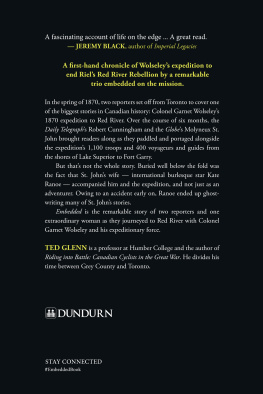
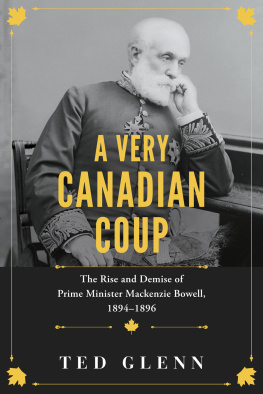


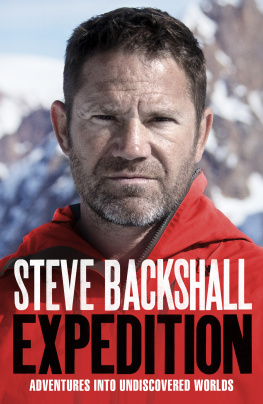
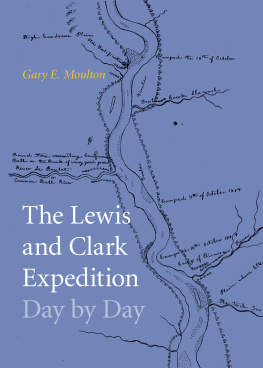
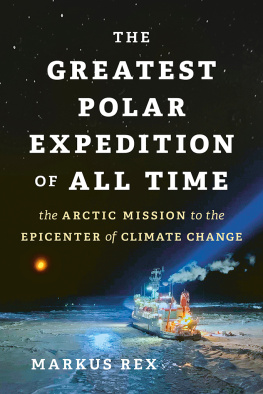
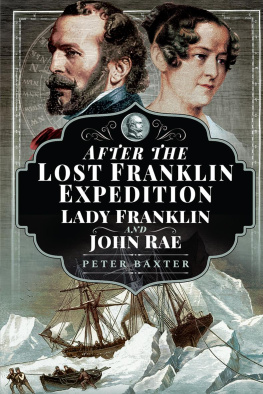
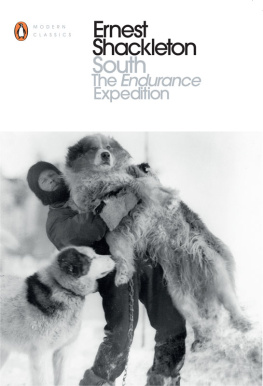

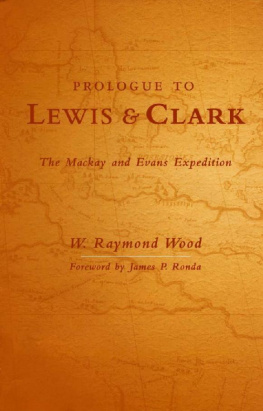
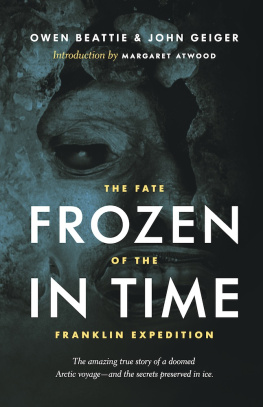



 dundurn.com
dundurn.com @dundurnpress
@dundurnpress dundurnpress
dundurnpress dundurnpress
dundurnpress